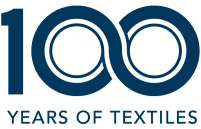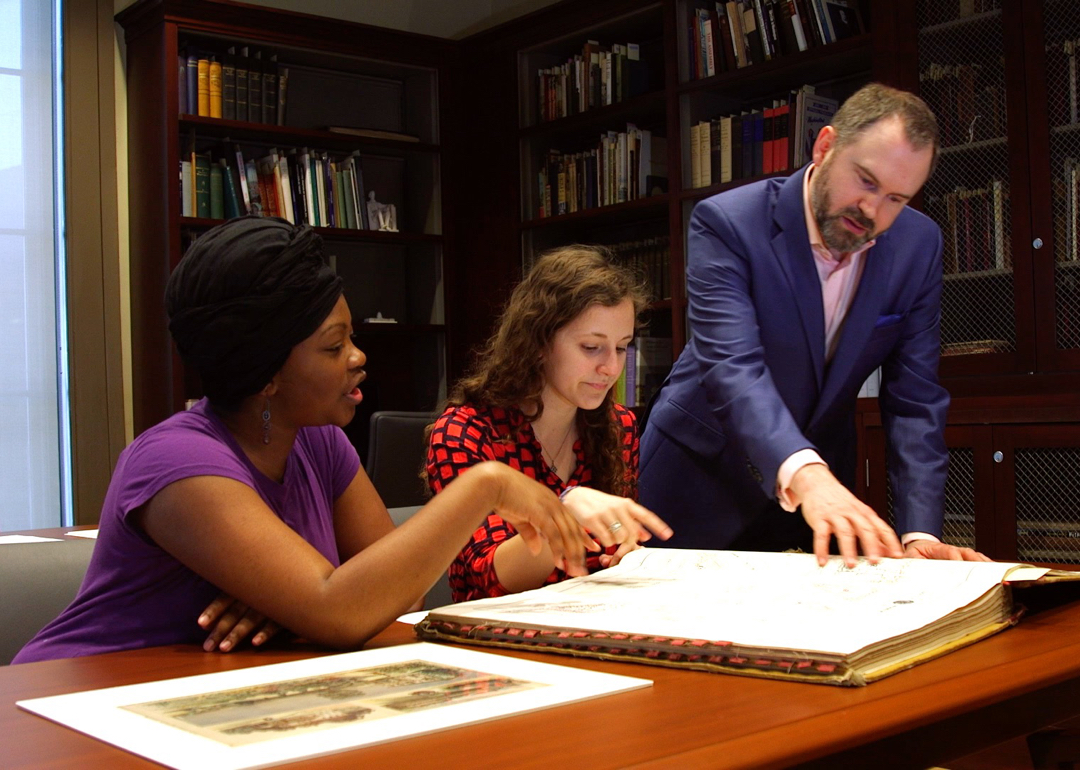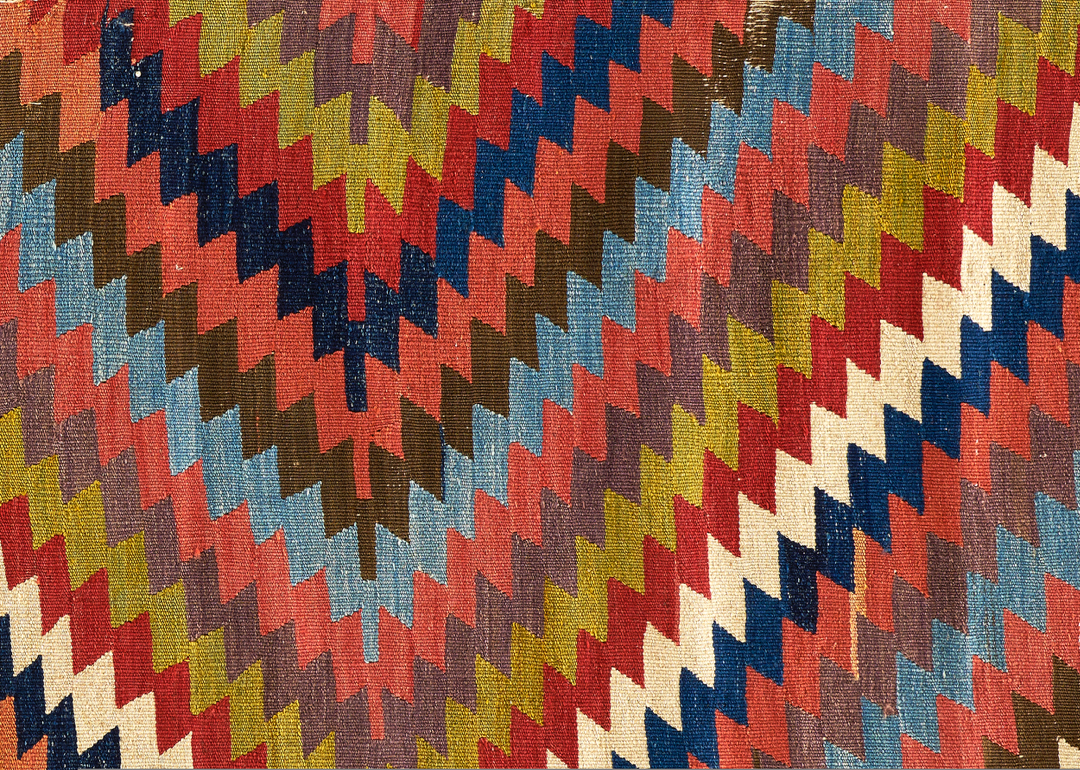Collecting Practices
We collect, preserve, study and display exemplary works of global textile art and local history, using these works to inspire visitors and support learning, teaching and research. Our collecting activities are guided by high standards of ethical and professional practice, which are set forth in our collections management policy and code of ethics.
Additions to the Collections
We collect historical artifacts and exceptional examples of textile art from Asia, Africa, the Middle East and Indigenous cultures of the Americas, as well as contemporary art. New works enter the collections by gift, bequest, purchase or exchange. When considering a new addition, we take many factors into account, including our current collecting needs and priorities, artistic merit, research value, exhibition potential, provenance and the costs of storage and care. During the acquisition process we strictly adhere to U.S. law, university guidelines, ethical standards and professional best practices.
If you are considering a gift, the first step is to ask our curators to review the artwork you are interested in donating.
Deaccessioned Works
We periodically evaluate our collections to see how they might be improved. During this review, we may identify candidates for deaccession, an important museum practice that allows us to refine our collections by removing works that are not critical to our mission. These works may be redundant to others in the collection, outside of our collecting area, or unsuitable for display due to condition or quality. We donate many of our deaccessioned works to other public and educational institutions. Some are sold to raise funds for new acquisitions and collections care.
Provenance Research
“Provenance” is the ownership history of a work of art, and it can be reconstructed through research into museum archives, past exhibitions, publications and other records. We conduct ongoing provenance research to ensure that the works in our care are lawfully held and rightfully owned.
We also take great care when considering the acquisition of a work to determine its authenticity and the legitimacy of its current ownership. We strictly follow the collecting standards of the American Alliance of Museums and the Association of Art Museum Directors, as well as the measures established in the UNESCO Convention of 1970 to prevent the illegal trafficking of cultural property. We do not acquire any material known or suspected to be stolen, looted or illegally exported from its country of origin.
Claims
If a work in our collections is shown by convincing evidence to have been acquired, excavated or exported in violation of the law or our code of ethics, we will act promptly to achieve an equitable and appropriate resolution. In some cases, the result may be to return the work to a previous owner — either the country of origin (repatriation) or an individual or community (restitution). To begin a conversation about a claim, please contact our registrar at collections gwu [dot] edu (collections[at]gwu[dot]edu).
gwu [dot] edu (collections[at]gwu[dot]edu).
Resources
Our Collecting Practices
Collections Management Policy (2018) (PDF)
Provenance Resources
Yeide, Nancy H., Akinsha, Konstantin, & Walsh, Amy L. (2001). The AAM Guide to Provenance Research. American Alliance Of Museums.
Yeide, Nancy H. (2005). Vitalizing Memory: International Perspectives on Provenance Research. American Alliance Of Museums.
Archaeological Material and Ancient Art
American Alliance of Museums Guidelines
UNESCO Database of National Cultural Heritage Laws
U.S. Department of State: Cultural Heritage Center







